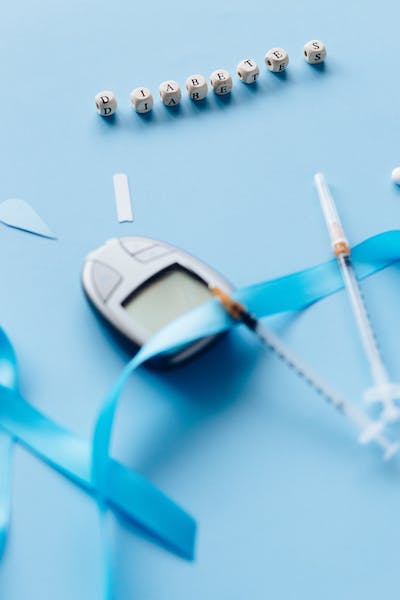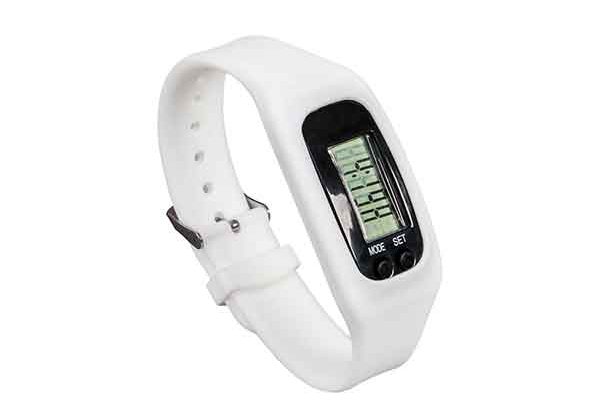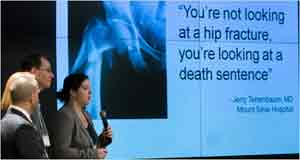The Advances and Promise of Continuous Glucose Monitoring in
New Rochelle, NY, June 12, 2023—As adoption of Continuous Glucose Monitoring (CGM) continues to increase, there is a growing body of evidence supporting the use of this technology in improving diabetes outcomes for patients with Type 1 or Type 2 Diabetes. A new supplement in the peer-reviewed journal Diabetes Technology & Therapeutics (DTT) provides an excellent perspective of the past, present, and future of CGM.
In the supplement Rickson et al. review the rapid pace in which diabetes technology has progressed and the implications for relying on rigorous and extensive timelines to publish randomized controlled trials to impact provider awareness, clinical practice guidelines and insurance coverage. They propose alternative approaches to assessing the safety and efficacy of CGMs.
Gavin and Bailey review findings from recent real-world studies, highlighting the obstacles to access CGM and other technologies. They provide an update on current real-world observational prospective studies that demonstrate the clinical efficacy and economic impact of CGM within various diabetes populations in real-world settings.
Munshi et al. demonstrated that older adults with Type 1 diabetes (T1D) who use newer diabetes-related technologies such as CGM had better glycemic control, lower hypoglycemia risk, and fewer glycemic excursions. In the supplement, Munshi reviews the unique needs of older adults with diabetes and provides recommendations for how different types of CGM systems can be used strategically to improve patient care.
Miller and Polonsky discuss the benefits and feasibility of utilizing CGM to encourage lifestyle changes in individuals with prediabetes to prevent their progression to Type 2 diabetes (T2D).
“Our predictions are that CGM will pretty much replace SMBG [self-monitoring of blood glucose] for insulin-requiring patients with diabetes, assuming cost is not a barrier,” states Satish Garg, MD, Editor-in-Chief of Diabetes Technology & Therapeutics, and Professor, University of Colorado Denver, Barbara Davis Center for Diabetes. “CGM will also become the standard for managing T2D, irrespective of the treatment regimen, and the potential of detecting prediabetes (both T1D and T2D) at an early stage so that necessary management can be implemented early.”
This supplement was produced through an unrestricted educational grant from Abbott’s diabetes care business.
———————————————————————
Full bibliographic information
Published on 13/06/2023 by Mary Ann Liebert, Inc., Publishers
Article reference Past, Present, and Future of Continuous Glucose Monitors
To cite this article: Satish K. Garg. Past, Present, and Future of Continuous Glucose Monitors. Diabetes Technology & Therapeutics. Jun 2023.S-1-S-4.
DOI: http://doi.org/10.1089/dia.2023.0041





